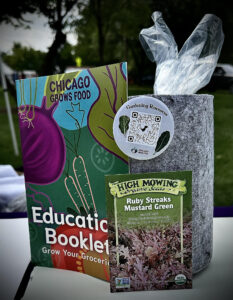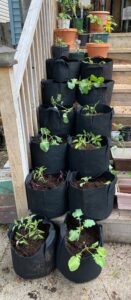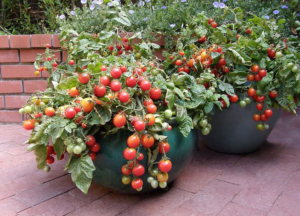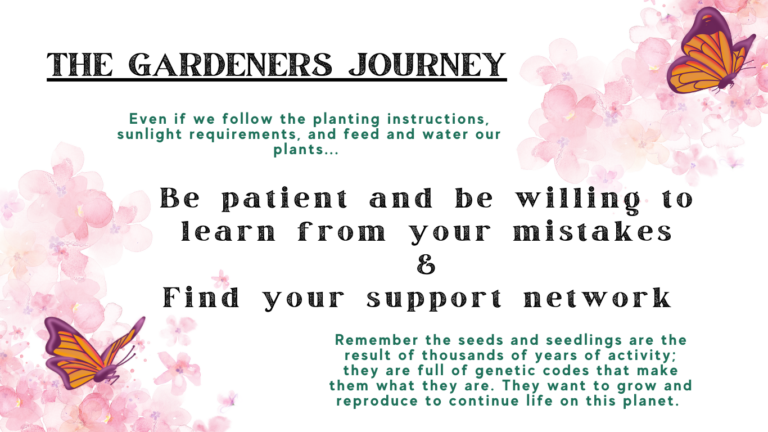
Did you receive a Grow Kit?
Check out our Grow Kit Support page with a helpful video.

Did you receive a Home Garden?
Visit the Home Garden resource page.
Table of Contents

What to Grow
Where Do You Live
It can be helpful to understand how well plants grow in the area you live. The 2012 USDA Plant Hardiness Zone Map is the standard by which gardeners and growers can determine which plants are most likely to thrive at a location. The map is based on the average annual minimum winter temperature, divided into 10-degree F zones. *please note that these zones change as our climate changes, so be mindful that this may no longer be exactly accurate*
Nutrient Density
We recommend growing the most nutrient dense foods that you can including (in order from most nutrient dense to less nutrient dense – all have LOTS of nutrients though): Watercress, Chinese cabbage, Chard, Beet green, Spinach, Leaf lettuce, Parsley, Romaine lettuce, Collard greens, Turnip greens, Mustard greens, Endive, Chives, and Kale
Plant Spacing
PLANT SPACING WHEN PLANTING
Think of plant spacing as a circle around your plant. From where your plant is planted in all directions, nothing should be within its spacing zone.
One way to visualize plant spacing is to use a ruler and string.
Visualizing plant spacing activity
Materials
- Ruler
- String
- Scissors
Instructions
- Reference the plant spacing table below and find your plant. Don’t see your plant – feel free to look up plant spacing information for your plant online.
- Once you know how much space your plant needs, measure a piece of string that length
- Hold the piece of string in one hand next to the stem of your plant
- Pull the string tight – you will be able to see how much space your plant needs. Remember that it needs this much space on all sides.
Plant Spacing for Grow Bags and Containers
| Plant | Spacing | Plant | Spacing | Plant | Spacing | ||
| Arugula | 3-4 inches | Collard Greens | 5-7 inches | Pepper, hot | 1 plant per container | ||
| Bush Beans | 2-3 inches | Cucumber | 14-18 inches | Pepper, sweet | 1 plant per container | ||
| Pole Beans | 2-4 inches | Eggplant | 1 plant/ container | Radish | 1 plant per container | ||
| Beets | 2-3 inches | Kale | 10-15 inches | Squash | 1 plant per container | ||
| Broccoli | 12-18 inches | Lettuce | 4-6 inches | Tomato | 1 plant per container | ||
| Carrots | 2-3 inches | Green onion | 2-3 inches | Tomato, cherry | 1 plant per container | ||
| Cabbage | 12-18 inches | Peas | 3-4 inches | Turnip | 2-3 inches | ||
| Swiss Chard | 4-6 inches | Zucchini | 1 plant per container | ||||
Succession Planting
Succession planting is a way to harvest more fruits, vegetables, and herbs by planting different plants based on the date when they are ready to harvest. There are several ways to succession plant.
Option 1: Same vegetable planted at different times
Many vegetables produce less that we can harvest after their initial production. For example, lettuce will produce fewer new leaves after it produces its first larger leaves that we harvest.
To use this method, plant the same vegetable every 2-4 weeks during the time in the season when it can grow.
Option 2: Different vegetables planted one right after the other
This option is based on the idea that some plants have very short life spans. Once they move through their life cycle you can remove them and replace them with another plant.
For this method, pick a plant with a short growing season. Once it completes its life cycle replace it with a later season plant.
Option 3: Same vegetable, different maturity rates
Each type of vegetable has different varieties (types). The types may look slightly different and often take different lengths of time before they are ready to harvest. This method will allow you to eat different varieties of the same vegetable for a longer period of time.
For this method, pick different varieties of one crop (i.e. carrots) and plant them together.
Option 4: Paired vegetables in the same spot
This option is based on the idea that certain fruits, vegetables, and herbs grow during different times in the growing season.
For this method, plant a spring crop first and a summer crop right after or a summer crop first and a fall crop right after.
Source: https://www.thespruce.com/succession-planting-1403366
Where to Grow
Container
Container gardens, including grow bags like those in your Grow Your Groceries kit, are one way to grow food.
- Just a few bags or containers can yield a nice amount of food
- Containers must be food grade (i.e. restaurant buckets, grow bags) or you could ingest plastic unknowingly
- Can be moved as needed
- If you rotate crops, you can grow a variety of fruit, vegetables, and herbs in just a few containers


Raised Beds
Raised beds are another way to grow your own food.
- While they might allow you more space to grow, they require more space and cannot easily be moved
- Raised beds are more expensive to set up



In Ground
In ground gardens are one other way to grow your own food
- In ground gardens may allow you more space to grow but cannot be moved
- In Chicago and the surrounding areas, soil is often contaminated so you must get a soil test before your grow in-ground or you could be exposed to toxins
Soil Testing Resources
| Organization | Address | Phone number | Cost for home gardeners |
| Stat Analysis Corporation | 2242 W, Harrison, Suite 200 Chicago IL 60612 | (312) 733-0551 | $60.00 |
| A&L Great Lakes Laboratory | 3505 Conestoga Drive, Fort Wayne, Indiana 46808 | (260) 483-4759 | Depends on type of tests. See costs here. |
The table below compares the pros and cons of the different methods of growing.
| Container Gardens | Raised Beds | In-Ground Gardens | |
| Pros | – Convenient – Avoids contaminated or low quality soil – Grow in any location – Extend growing season – Accessible for kids, people with disabilities |
Allows plants to cohabitate together | Fewer initial start up costs (if you’re soil is okay to begin with) |
| Cons | – Not suitable for all plant varieties – Need to make sure container is food grade |
More resource intensive to set up Not portable |
Need to soil test before you can grow |
Supplies for Growing
Fertilizer
Fertilizer replenishes the nutrients in the soil that plants absorb over time. These nutrients act like food for the plants. If you add compost to your osil, you may not need additional fertilizer. Too much fertilizer can harm the plant, so it’s better to add less than too much.
Apply an organic all purpose fertilizer. Select an organic fertilizer because non-organic may have compounds that have not been proven to be safe for human health. Head to your local garden center and ask them to help you select an all purpose organic fertilizer if you’re having trouble finding one.
Organic Pest Management
| Product | Use | Make or Purchase? |
| Neem Oil | Applied to the soil, then absorbed into the plant – Effective in controlling insects, rusts, and mildews | Purchase |
| Insecticidal Soap | Sprayed onto plant foliage Eliminates soft bodied insects like aphids, whiteflies, spider mites, and mealybugs Can also remove some leaf mold and fungi | Make your own by combining 1 cup oil with 1 tablespoon pure soap (one without degreasers or bleach). Mix 2 teaspoons of the above mixture with 1 cup of warm water. Mix only what you will need for a given time. |
| Bacillus thuringiensis (Bt) | Spray onto plant foliage – Eliminates caterpillar species but takes several days because it relies on insects eating the compound | Purchase |
Rain Barrels
Set up a rain barrel – https://rainbarrel.ca/mwrd/
Tips
- Succession Planting Guide from IL Extension
- Planting Calendar from Urban Farmer
- Spring Indoor Seed-Starting Schedule from Square Foot Gardening
- Seed-Starting Date Calculator from Johnnys Seeds
Let us know why you like gardening! ch**************@gm***.com

